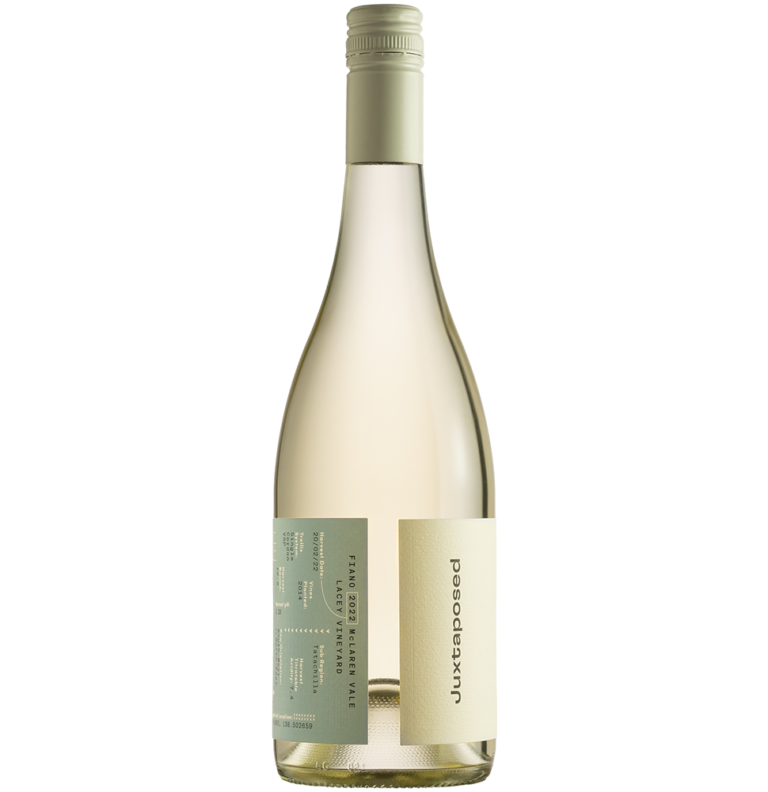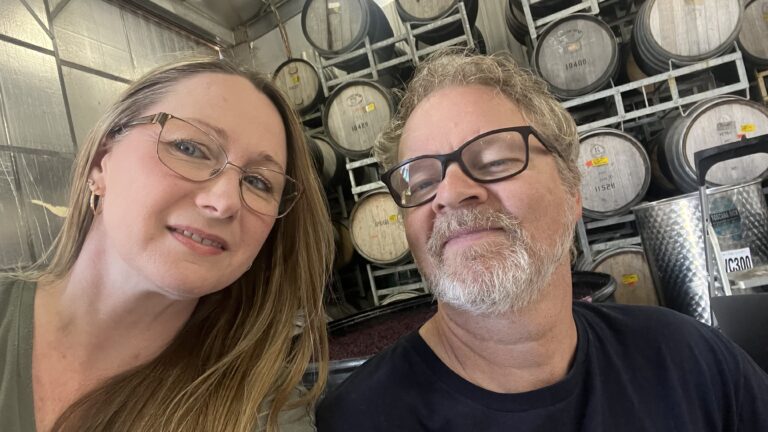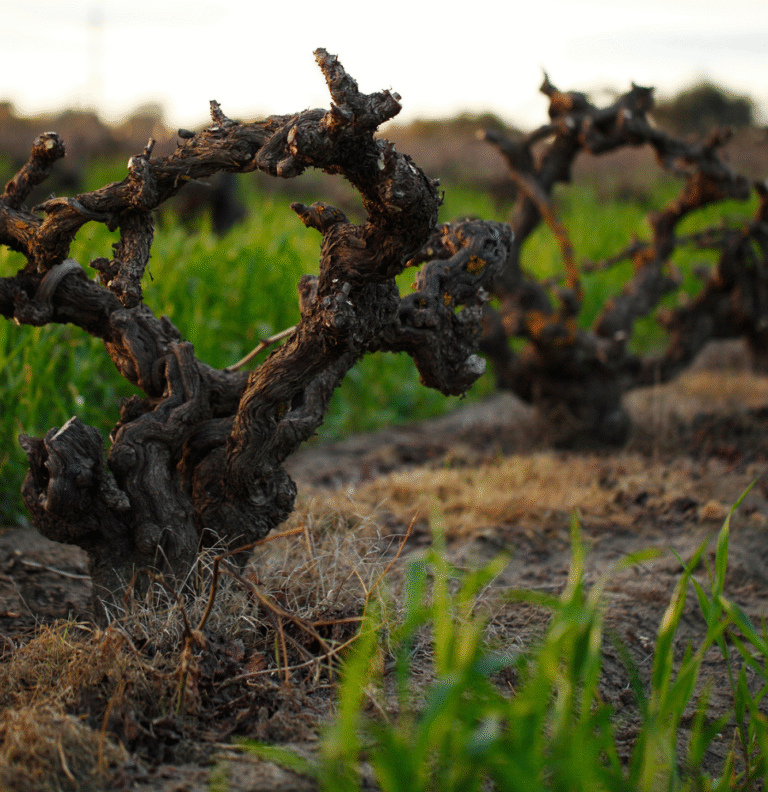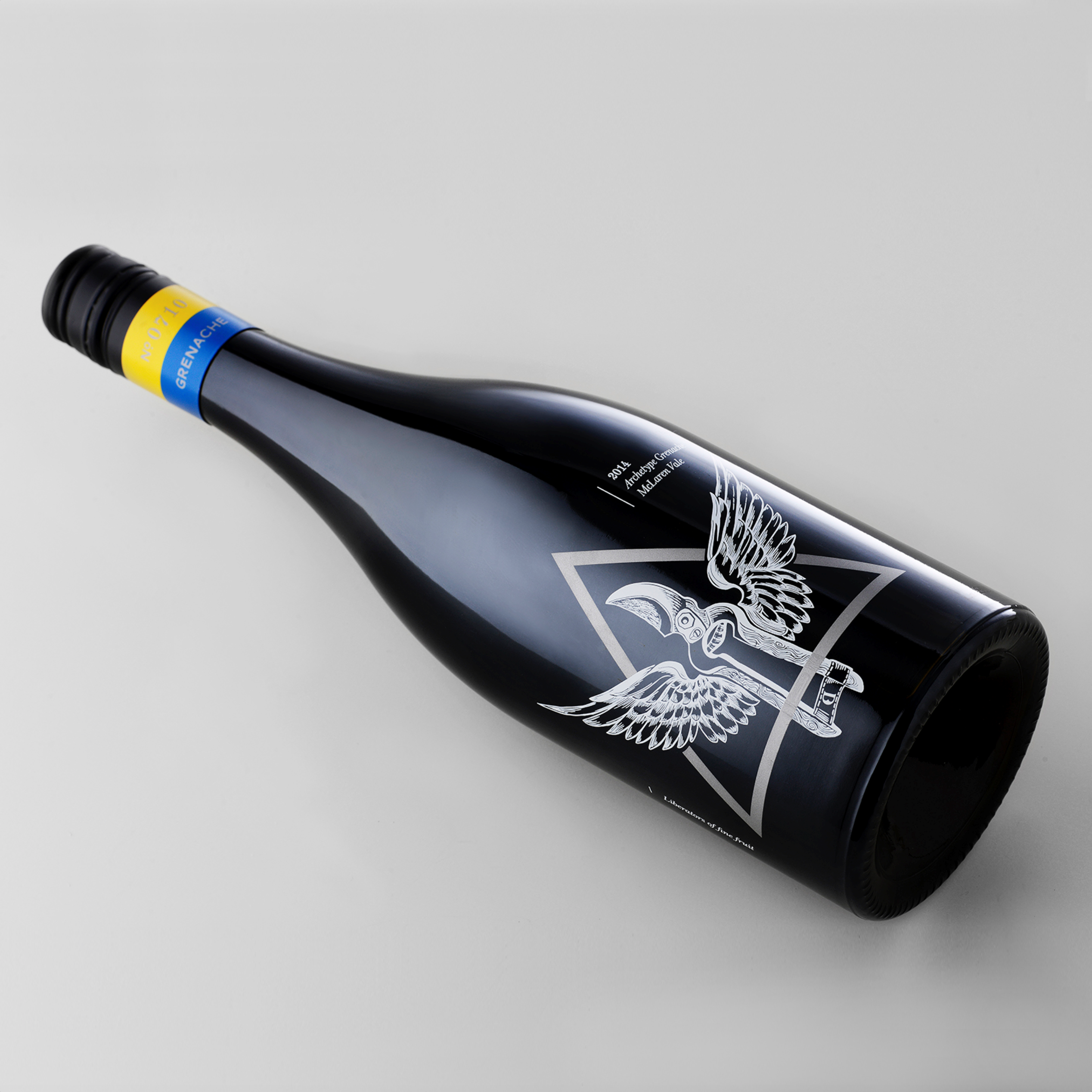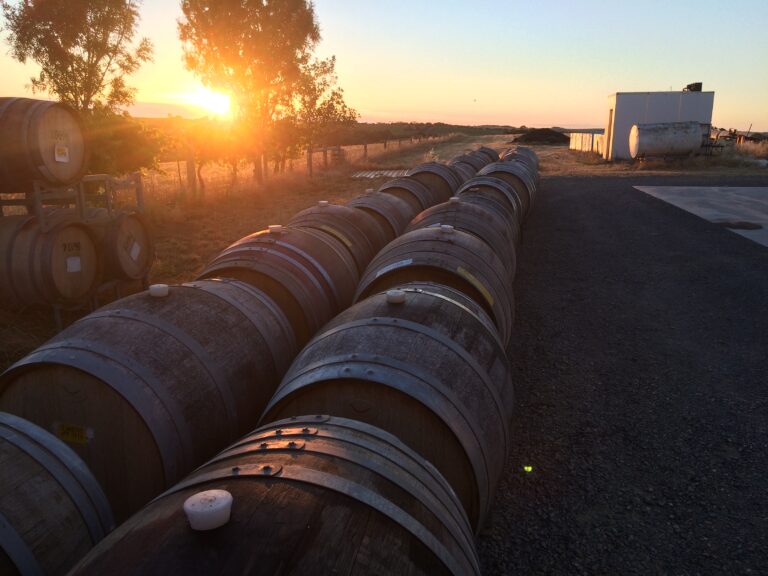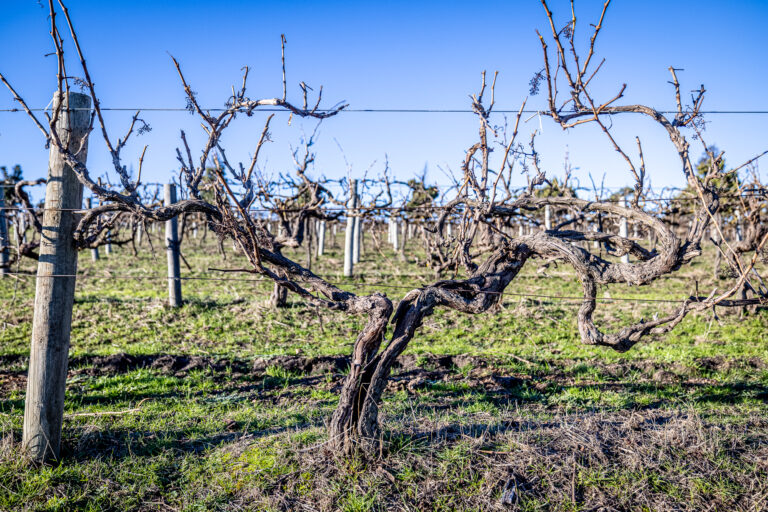- We are open for Tastings by appointment only
Blog
Juxtaposed Partners with Members One to Launch New Wine Club Experience Juxtaposed Wines is proud to introduce a new era of wine club membership, made possible through a partnership with Members One...
2025 Vintage Notes The biggest thing about the 2025 vintage is how amazingly dry it has been. McLaren Vale is up around 160 days without recorded rainfall at this point (17/04/25) so we are talking...
Why Fiano? How well do you know Fiano? I think that to be fair, I don’t know it all that well. In fact, I’ve only made Fiano 7 times! But such is the nature of winemaking. You could be an OG and still...
Our label collaboration Hi everyone, Hope you are all well. It’s been a minute, to be sure. I’ve just come back from the Coonawarra region in SE South Australia, where I was judging at the Limestone...
Juxtaposed Old Vine Grenache I’ve been thinking about these wines a fair bit lately, as the release day for our 6 vintage vertical approaches. I’ve been thinking about our journey with Grenache...
Archetype The original pattern or model from which all things of the same kind are copied or on which they are based; a model or first form; prototype. Archetype noun In 2014 it was our 4th vintage...
Terroir in a Juxtaposed context. I wanted to write a little bit about my PhD thesis. As you may or may not know, my days are spent as a research scientist at the Australian Wine Research Institute...
End of Vintage 2021 So, it’s early May now and the 2021 harvest is in the books. Overall, it has been an excellent year for McLaren Vale Wines. It’s not always that you have great quality AND great...
2021 Vintage Progress We find ourselves about ½ way through the 2021 vintage at this point. So far, I think it would be fair to say that we are in the midst of an excellent vintage. The growing season...
- 1
- 2



